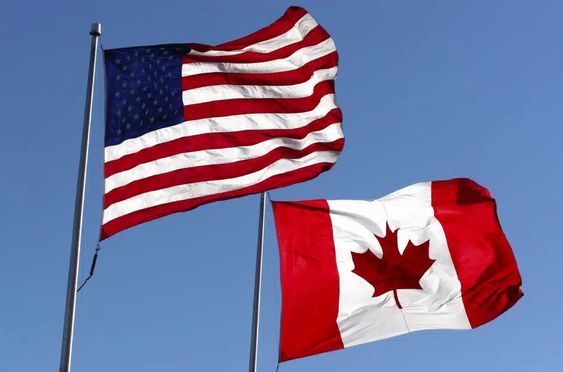Moving from Canada to the US can be an exciting adventure, but it requires careful planning to ensure a smooth transition. Whether you’re relocating for work, school, or personal reasons, understanding the steps you need to take will help you navigate the process with ease. From visa requirements to housing and healthcare, here’s a practical guide to help you make the move to the US seamlessly.
1. Understand Visa and Immigration Requirements
For anyone planning to relocate from Canada to the United States, seek an appropriate visa the first thing. While one has the opportunity to move between Canada and the United States just for a visit, it is imperative to acquire particular permission to work or live there.
Work Visas:
Spouses receive derivative visas based on the primary applicant’s work visa if you get a job offer in the US you will require for example, the H-1B visa if you are going to work for a company in the US as a skilled worker, or the L-1 visa if you are an intra-company transfer employee.
Student Visas:
Some of the most common relocations include moving for work, education and asylum; if you are moving for education , then you require an F-1 visa. You must apply well before you get acceptance from a school that is certified by SEVP.
Green Card:
If you are planning to live in the united state permanently, then a green card is unavoidable. They include the family sponsorship, employment, and many others The most common types of visas involving Canadian citizens include the family sponsorship, employment, and many others.
Actionable Tip: Start the visa application process early to avoid delays. Visit the USCIS website to determine which visa best fits your situation.
2. Sort Out Your Finances
Finance is a very delicate issue when it comes to moving to another country.Consider the following:
Open a US Bank Account:
This is important if you have to handle your finances in the US. Most big banks that Canadians have, for example TD and RBC have branches in the US, thus making it easy to open an account.
Currency Exchange:
Learn about the how much CAD is equal to USD in order to know the exchange rate for initial cost.
Taxes:
While the Canada and US have an agreement to avoid dual taxation, you need to speak to a specialist to know how this will affect your taxes.
Actionable Tip: This should be factored under budgeting where you allocate provisions for moving, taxes and if you are moving to another city, the cost of living from your initial location.
3.Healthcare in the US
As distinguished from the Canada’s public health care system, healthcare in the United States is more privatized and as such, you will need to get health insurance.
- Employer Health Insurance: If you are migrating in search of a job, find out if your company will be offering medical insurance.
- Private Health Insurance: In the absence of an employer’s contribution, one will need to buy an individual health plan. Learn more about plans on Health Insurance Marketplace (Healthcare.gov).
Actionable Tip: Ensure that you have health insurance for sometime before you make the move as health costs in the US are relatively expensive.
5.Cultural Adjustment
While Canada and the US share many similarities, there are cultural differences to consider:
- Language: English is the primary language, but some regions, like parts of the US-Mexico border, also use Spanish frequently.
- Driving: Make sure to familiarize yourself with local driving laws and obtain a US driver’s license if needed.
Actionable Tip: Join online forums or expat groups to learn about life in the US and connect with others who have made the move.


